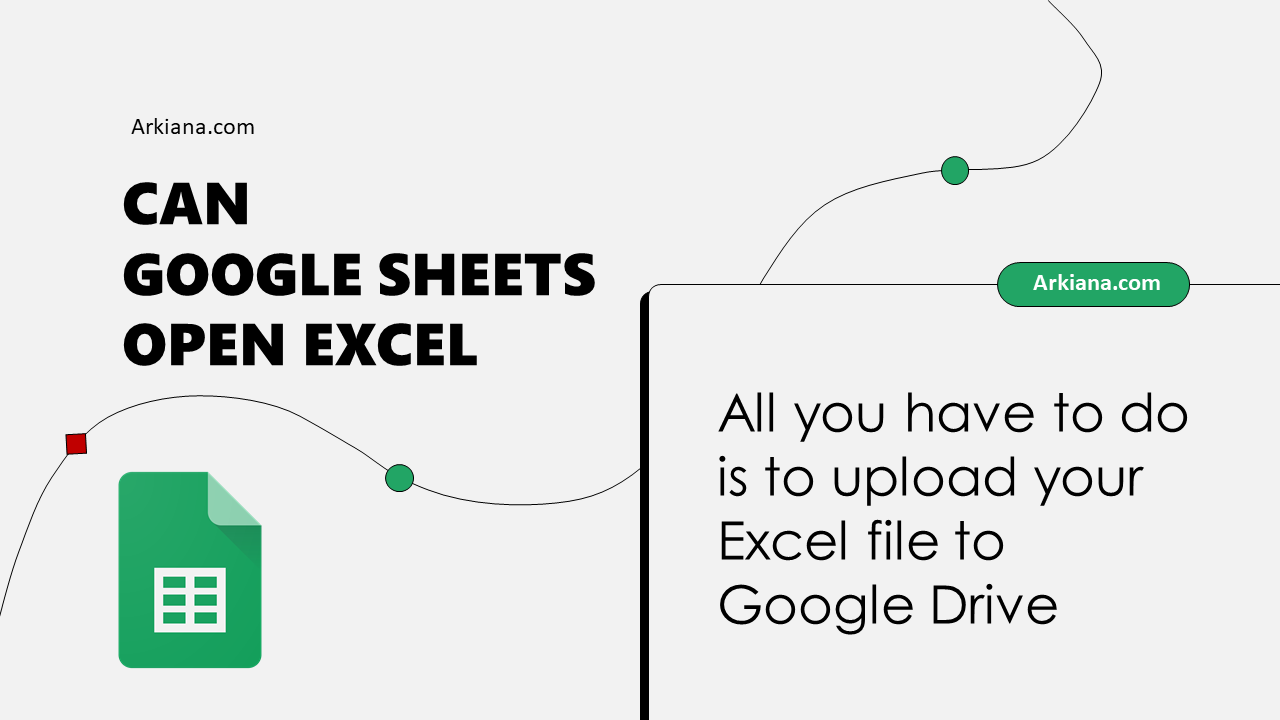Max Sheets in Excel: What's Your Limit?

When working with large datasets or complex projects, the number of sheets one can use in Excel becomes a topic of interest. Excel's design as a powerful tool for data analysis, organization, and calculation allows users to manage vast amounts of information through multiple sheets within a single workbook. But how many sheets can you add to an Excel file before running into limitations? Let's delve into Excel's sheet limits, understanding the constraints, and exploring practical solutions to expand your workbook's capabilities.
Theory Behind Excel’s Sheet Limit

Excel’s sheet limit is influenced by several factors:
- File Type: The version of Excel you’re using and whether you’re working with .xlsx, .xlsm, or the older .xls format affects the limit.
- Hardware Resources: Your computer’s memory and processing power can impact how many sheets Excel can handle.
- Software Version: Different versions of Excel have different sheet limits.
Here's a quick breakdown:
| Excel Version | File Type | Max Sheets |
|---|---|---|
| Excel 2003 and Earlier | .xls | 255 |
| Excel 2007-2013 | .xlsx or .xlsm | Limited by System Memory (typically over 1000+) |
| Excel 2016 and Later | .xlsx or .xlsm | Limited by System Memory (can handle over 100,000+ with sufficient hardware) |

Real-World Usage and Practical Limits

While Excel's theoretical limits are impressive, practical limits often come into play:
- Performance: Too many sheets or a complex structure might slow down Excel, making navigation cumbersome.
- Navigation: Managing over 100 sheets becomes unwieldy, even for the most organized user.
- Compatibility: Not all functions or add-ins might work seamlessly across all Excel versions when sheets exceed certain numbers.
Strategies for Managing Multiple Sheets

Here are some effective strategies to manage your Excel workbook efficiently:
- Group Sheets: Use the
SHIFTorCTRLkey to select multiple sheets for simultaneous editing or data entry. - Consolidate Data: Utilize tools like CONSOLIDATE to summarize or analyze data from multiple sheets into one master sheet.
- Use External References: Employ external references or links to other Excel files to expand your data storage capacity.
- Data Table and Pivot Tables: Organize data into tables, and use Pivot Tables to analyze data across sheets efficiently.
- Excel Services: For collaborative work, consider using Excel Services or cloud-based solutions to manage and access data.
📌 Note: When consolidating data, ensure that your source sheets are consistent in structure to avoid errors.
When You Hit the Limit

If you find yourself constrained by Excel’s sheet limits, here are options to consider:
- External Databases: Link to or import data from external databases or data warehouses for handling very large datasets.
- Multiple Workbooks: Instead of one giant workbook, organize your data into multiple smaller workbooks with consistent naming conventions.
- Power Query: Use Power Query to import and transform data from various sources, reducing the need for numerous sheets.
- VBA Macros: Automate the creation and management of sheets to reduce manual effort and avoid reaching the limit.
Managing Sheet Order and Naming

To enhance usability when dealing with multiple sheets:
- Consistent Naming: Use a naming convention that makes sense for your project to quickly identify sheets.
- Color Coding: Apply colors to sheet tabs for visual organization.
- Index Sheet: Create an index sheet with links or tables of contents for navigation.
- Sheet Order: Organize sheets logically, grouping related data together.
In conclusion, while Excel's limit on the number of sheets can be quite high, practical limitations often arise from performance issues, manageability, and compatibility concerns. By understanding these limits and employing strategic methods for data management, Excel users can work efficiently within these constraints. Whether through data consolidation, utilizing external references, or adopting more advanced features like Power Query, Excel remains a versatile tool for handling large and complex datasets.
Can you increase the number of sheets in an Excel workbook?

+
The number of sheets in Excel is limited by system memory and the software version. While you can’t increase the maximum sheet count directly, you can manage your workbook to work efficiently within these limits.
How can I navigate an Excel workbook with many sheets?

+
Use consistent naming conventions, color coding, an index sheet, and logical ordering to navigate large workbooks with ease.
What happens when you exceed the sheet limit in Excel?

+
Excel might become unresponsive or slow, or you might receive an error message when trying to add additional sheets beyond the limit set by your version of Excel.